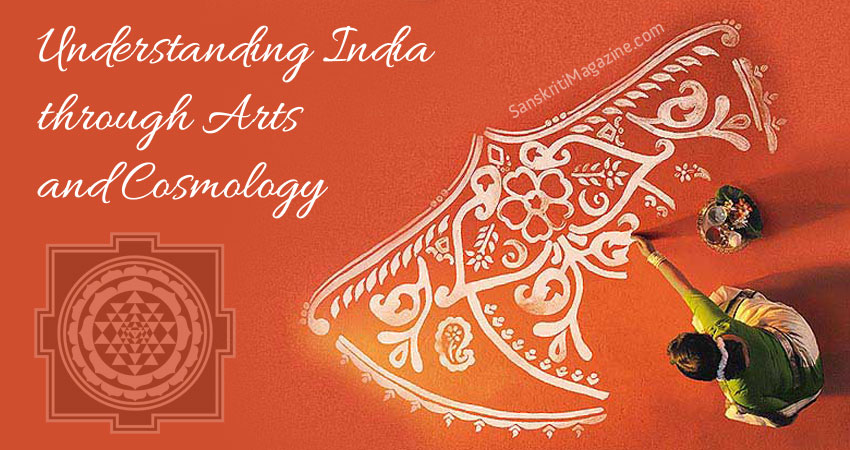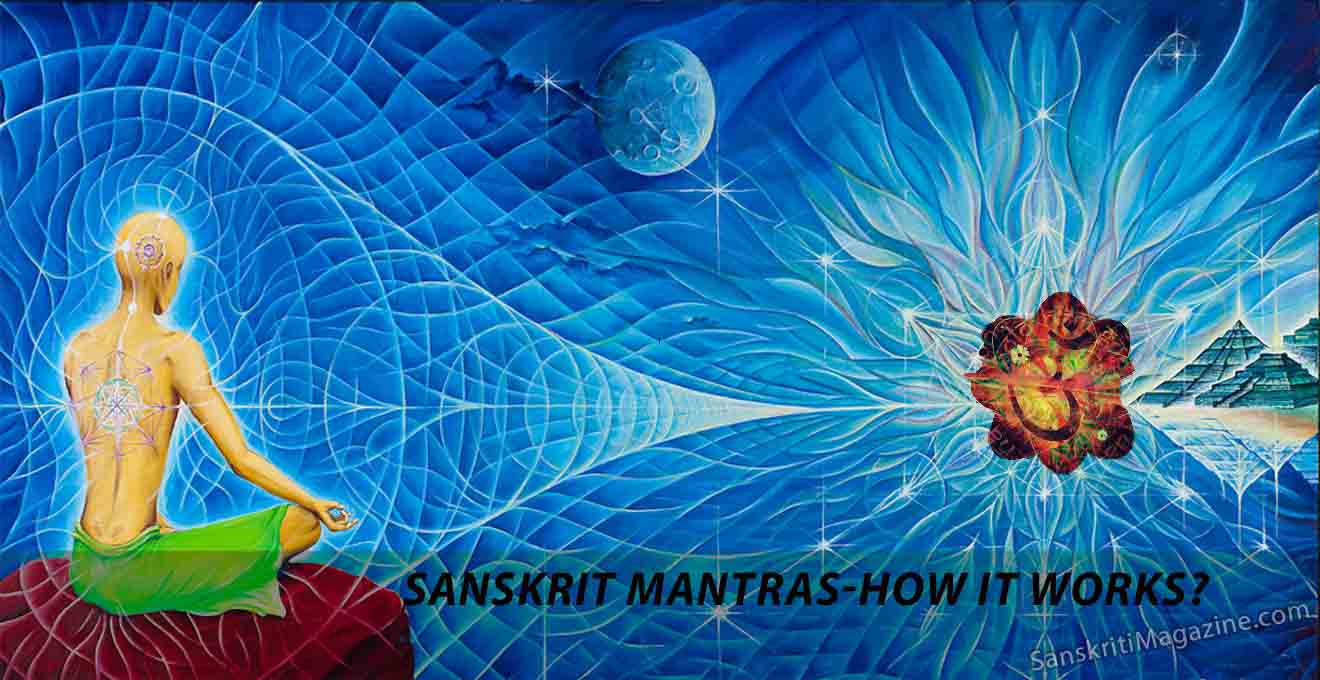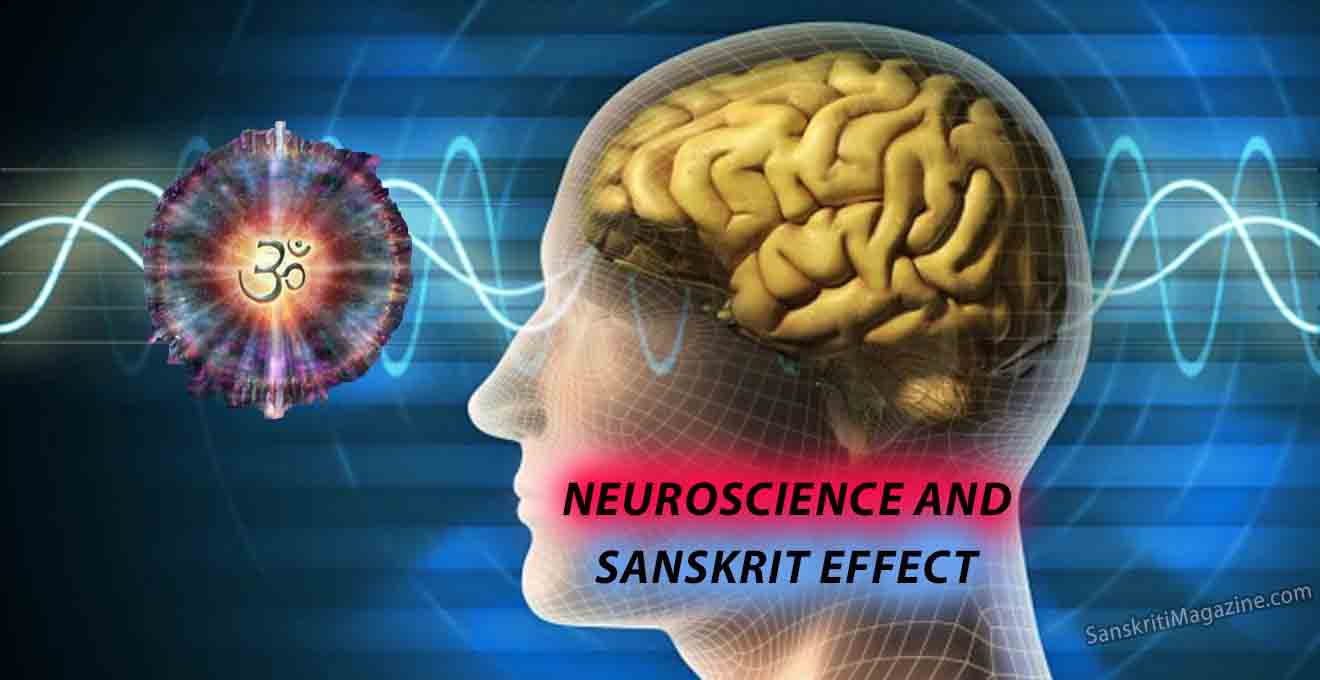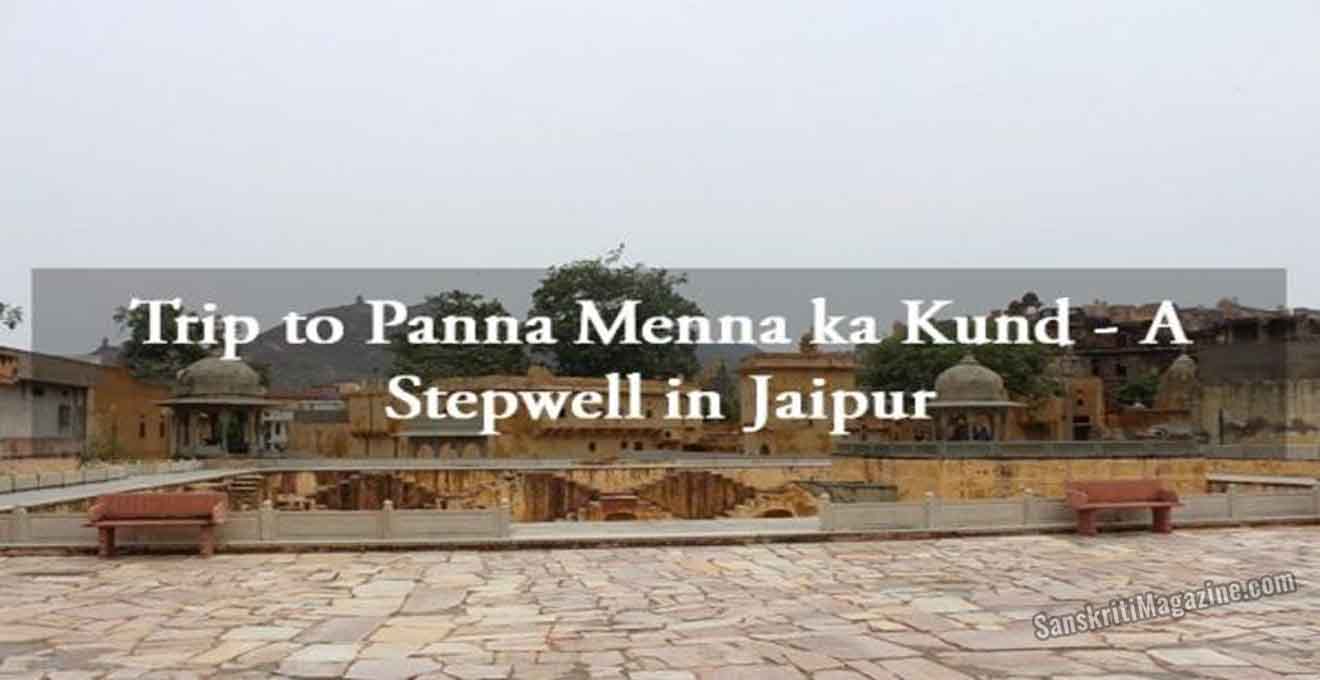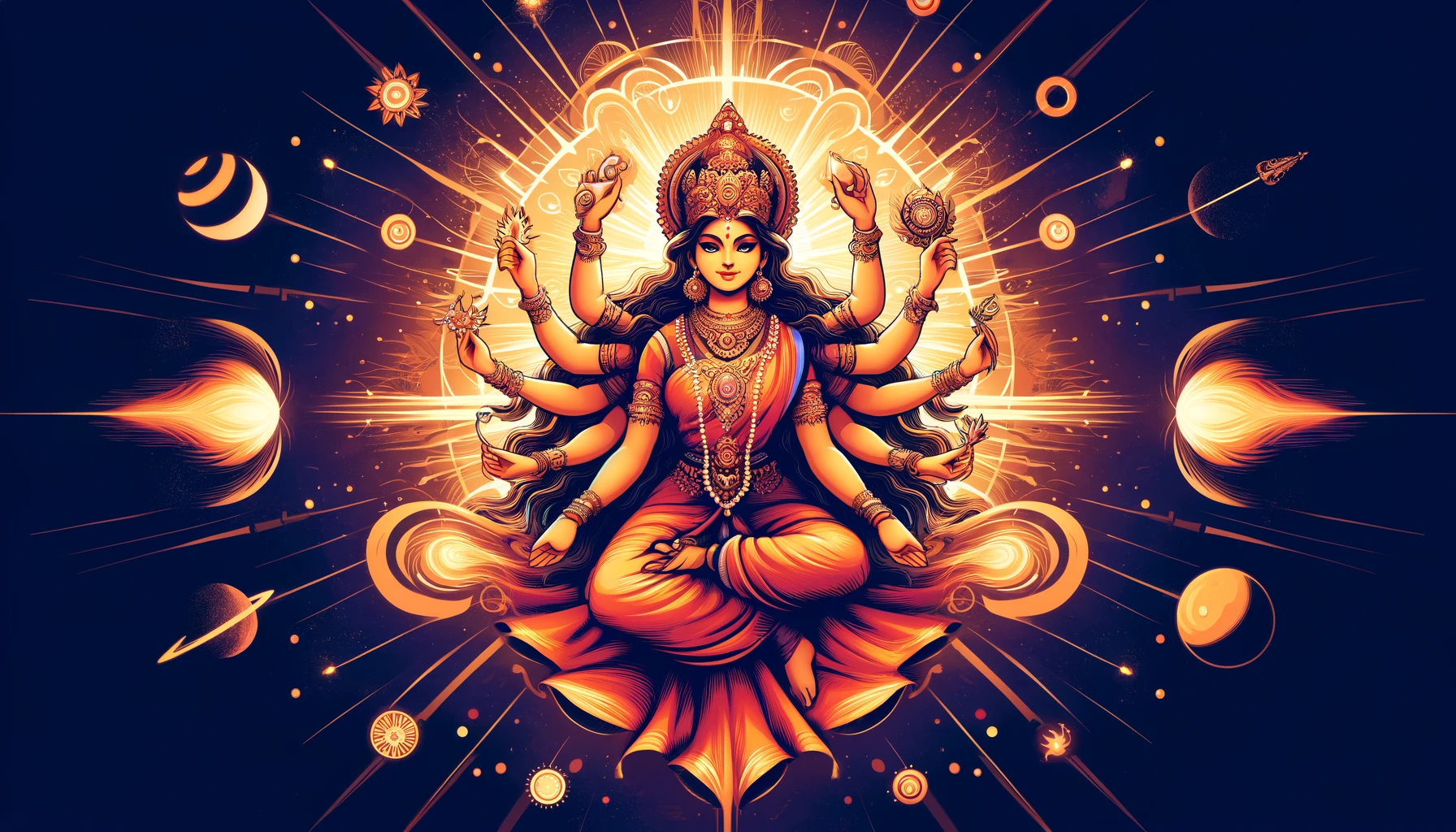The best way to understand India is through its art and the cosmology. Textbook narratives often overlook the synthesizing principles that represent the grammar of Indian culture, and they are much like the accounts of the six blind people who encountering an elephant describe it as wall, spear, snake, tree, rope, and fan, respectively.
The three notions that underlie Indian culture are that of bandhu, paradox, and yajña.
Bandhu is the binding between the outer and the inner that makes it possible to know, and this is the basis of the pervasive spirituality in India; paradox is the recognition that the bandhu must lie outside of rational system, leading to the distinction between the “higher” science of consciousness and the “lower,” rational objective science; yajña is transformation that the individual undergoes by participating in Vedic “ritual” or any other creative process. The cosmology related to this framework is that of infinity and recursion across scale and time.
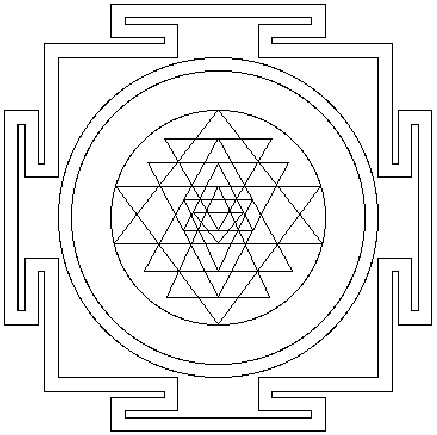
The iconic representation of the universe as the Sri Yantra (Figure 1) shows recursion most clearly. First, the tripartite division into earth, atmosphere, and the sun, which is mirrored in the individual by the body, the breath, and the inner lamp of consciousness, is represented by three triangles. Second, within each triangle are lower hierarchical levels of two other triangles, of alternating opposing polarity that represents male and female principles.
All together, this adds up to 9 triangles, which through their overlaps constitute a total of 43 small triangles. Right through the middle of this is the dot, the bindu that is Shiva, the Witness, or Consciousness. Nature evolves according to law (rta in Sanskrit), but it has a paradoxical relationship with the consciousness principle. Art associated with this conception must communicate recursion, paradox and oppositions concerning ordinary experience of the universe. Aesthetics, as a philosophy of art, is best understood from the point of view of dhvani, which communicates, by suggestion, the universals of the outer and inner worlds. Indian thought highlights the connections between these two worlds, and its art presents visions of the cosmos. Thus in Figure 2, a North Indian temple, recursion is expressed in terms of the tower drawn to different scales on the superstructure.

Within the temple, the manifestations of the Supreme Being are as the One and its many forms. There exists in them, for example, a hierarchical order of cardinal and peripheral images in relation to the centre, a balancing or pairing of polarities, and representation of the temple as Mount Meru, the centre of the universe. The polarities represented iconographically related to female and male, asura (demon) and deva (god), left and right, body and mind, and so on. Aesthetics is alamkara shastra, that is ornamentation of the central synthesizing principle by means of the particular medium. The poet, kavi, is the inspired seer who sees the underlying vision most clearly. Dance, painting, and sculpture, just like poetry, have their canonical ideals, which are the visual equivalents of meter, rhyme, alliteration and the tropes of poetry.
The ritual is organized as sacred theatre that engages the senses to facilitate an epiphany that represents an experiential “rebirth.” Great art has the same capacity, and often it is a part of ritual. Not only is the temple a work of art, so is the sculpture that goes into it, and the dance and music performed in its hallways, and the paintings that hang on its walls. One can contrast this with Western conceptions. The cosmology is finite, with God separate from the individual; art is best seen in the sterile atmosphere of the museum or the gallery.
General equivalences
The view that the arts belong to the domain of the sacred and that there is a connection between them is given most clearly in a famous passage in the Vishnudharmottara Purana in which the sage Markandeya instructs the king Vajra in the art of sculpture, teaching that to learn it one must first learn painting, dance, and music:
Vajra: How should I make the forms of gods so that the image may always manifest the deity?
Markandeya: He who does not know the canon of painting (citrasutram) can never know the canon of image-making (pratima lakshanam).
Vajra: Explain to me the canon of painting as one who knows the canon of painting knows the canon of image-making.
Markandeya: It is very difficult to know the canon of painting without the canon of dance (nritta shastra), for in both the world is to be represented.
Vajra: Explain to me the canon of dance and then you will speak about the canon of painting, for one who knows the practice of the canon of dance knows painting.
Markandeya: Dance is difficult to understand by one who is not acquainted with instrumental music (atodya).
Vajra: Speak about instrumental music and then you will speak about the canon of dance, because when the instrumental music is properly understood, one understands dance.
Markandeya: Without vocal music (gita) it is not possible to know instrumental music.
Vajra: Explain to me the canon of vocal music, because he, who knows the canon of vocal music, is the best of men who knows everything.
Markandeya: Vocal music is to be understood as subject to recitation that may be done in two ways, prose (gadya) and verse (padya). Verse is in many meters.
Some of the early meters range from the gayatri with 3 sections of 8 syllables (3 × 8 = 24) to anushtubh (4 × 8 = 32), viraj (4 × 10 = 40), trishtubh (4 × 11 = 44), and jagati (4 × 12 = 48). These appear to be connected to the astronomical number 360, the number of civil days in the year. There are also many other more complex meters, with a less obvious astronomical basis.
To understand the principle behind the broader equivalences of Indian art and its cosmology, it is good to begin with the fire altars of the Vedic period that were themselves designed to represent astronomical (outer) as well as inner knowledge. An assumed equivalence between the outer and the inner cosmos is central to the conception of the temple, which is why numbers such as 108 and 360 are important in its design.
The number 108 in the distance from the earth to the sun and the moon The number 108 represents the approximate distance from the earth to the sun and the moon in sun and moon diameters, respectively. (The diameter of the sun is also 108 times the diameter of the earth, but that fact is not likely to have been known to the Vedic rishis.) This number of dance poses (karanas) given in the Natya Shastra is also 108, as is the number of beads in a rosary (japamala). The “distance” between the body and the inner sun is also taken to be 108, so that the number of joinings is 107. Not surprisingly, the number of marmas in Ayurveda is 107. The total number of syllables in the Rigveda is taken to be 432,000, a number related to 108.

The number 360 is taken in the Ayurvedic texts to be the number of bones in the developing fetus, a number that fuses later into the 206 bones of the adult. The centrality of this number in Vedic ritual is stressed in the Shatapatha Brahmana.
The primary Vedic number is three, representing the tripartite division of the physical world into the earth, the atmosphere, and the sky and that of the person into the physical body, the pranas, and the inner sky.
The Vedic altars had an astronomical basis related to the reconciliation of the lunar and solar years, which mirrors the reconciliation of the female and male currents within the body and mind of the individual. The fire altars symbolized the universe and there were three types of altars representing the earth, the space and the sky. The altar for the earth was drawn as circular, whereas the sky (or heaven) altar was drawn as square.
The fire altars were surrounded by 360 enclosing stones, of these 21 were around the earth altar, 78 around the space altar and 261 around the sky altar. In other words, the earth, the space, and the sky are symbolically assigned the numbers 21, 78, and 261. Considering the earth/cosmos dichotomy, the two numbers are 21 and 339 since cosmos includes the space and the sky.
The main altar was built in five layers. The basic square shape was modified to several forms, such as falcon and turtle. These altars were built in five layers, of a thousand bricks of specified shapes. The construction of these altars required the solution to several geometric and algebraic problems.
Two different kinds of bricks were used: the special and the ordinary. The total number of the special bricks used was 396, explained as 360 days of the year and the additional 36 days of the intercalary month. Two kinds of day counts: the solar day, and tithi, whose mean value is the lunar year divided into 360 parts.
Three different years were considered:
- nakshatra, or a year of 324 days (sometimes 324 tithis) obtained by considering 12 months of 27 days each, where this 27 is the ideal number of days in a lunar month
- lunar, which is a fraction more than 354 days (360 tithis); and
- solar, which is in excess of 365 days (between 371 and 372 tithis).
A well-known altar ritual says that altars should be constructed in a sequence of 95, with progressively increasing areas. The increase in the area, by one unit yearly, in building progressively larger fire altars is 48 tithis which is about equal to the intercalation required to make the nakshatra year in tithis equal to the solar year in tithis. But there is a residual excess which in 95 years adds up to 89 tithis; it appears that after this period such a correction was made. The 95 year cycle corresponds to the tropical year being equal to 365.24675 days. The cycles needed to harmonize various motions led to the concept of increasing periods and world ages.
The number of syllables in the Rigveda confirms the textual references that the book was to represent a symbolic altar. According to various early texts, the number of syllables in the Rigveda is 432,000, which is the number of muhurtas in forty years. In reality the syllable count is somewhat less because certain syllables are supposed to be left unspoken. The organization of the Rigveda is also according to a plan, but that is a different story told in my book The Astronomical Code of the Rigveda.
The verse count of the Rigveda can be viewed as the number of sky days in forty years or 261 × 40 = 10,440, and the verse count of all the Vedas is 261 × 78 = 20,358. The Brahmanas and the Shulbasutras tell us about the altar of chhandas and meters, so we would expect that the total Rigvedic hymn count of 1017 and the group count of 216 have particular significance. Owing to the pervasive tripartite ideology of the Vedic books we choose to view the hymn number as 339 × 3. The tripartite ideology refers to the consideration of time in three divisions of past, present, and future and the consideration of space in the three divisions of the northern celestial hemisphere, the plane that is at right angle to the earth’s axis, and the southern celestial hemisphere. The number 339 is simply the number of disks of the sun or the moon to measure the path across the sky: ð times 108 is approximately 339. The Rigvedic code then expresses a fundamental connection between the numbers 339 and 108. The numbers 108 and 360 appear as the axis and the perimeter dimensions of the temple.
Temples and gods
The temple is considered in the image of the Cosmic Purusha, on whose body is displayed all creation in its materiality and movement. Paradoxically, the space of the Purusha (Rigveda 10.90) is in the sanctuary only ten fingers wide, although he pervades the earth.
The outer cosmos is expressed in terms of various connections between the temple structure and the motions of the sun, the moon, and the planets; the inner cosmos is represented in terms of the divinity (universal consciousness) in the womb of the temple and various levels of the superstructure that correspond to the states of consciousness. The position of the gods in the Vastupurusha-mandala within the temple is a symbolic representation of the spatial projections of the cosmic Purusha in his body. There are other iconic representations of sacred space, as in the Sri Yantra where the body’s three parts – vagbhava, madhya, and mula – have recursive structures within, that represent Vedic cosmology in a unique fashion.
The prototype of the temple is the Agnikshetra, the sacred ground on which the Vedic altars are built. The Agnikshetra is an oblong or trapezoidal area on which the fire altars are built. During the ritual is installed a golden disc (rukma) with 21 knobs or hangings representing the sun with a golden image of the purusha on it. The detailed ritual includes components that would now be termed Shaivite, Vaishnava, or Shakta. In Nachiketa Agni, 21 bricks of gold are placed one top of the other in a form of shivalinga. The disk of the rukma, which is placed in the navel of the altar on a lotus leaf is in correspondence to the lotus emanating from Vishnu’s navel which holds the universe. Several bricks are named after goddesses, such as the seven krittikas.
Ganesha: elephant-headed, wise, with mouse as his vehicle The Hindu temple represents the Meru mountain, the navel of the earth. It is the representation of the cosmos both at the level of the universe and the individual, making it possible for the devotee to get inspired to achieve his own spiritual transformation. The purusha placed within the brick structure of the altar represents the consciousness principle within the individual. It is like the relic within the stupa. The threshold to the inner sanctum is represented by the figure of Ganesha, who, like other divinities, symbolizes the transcendence of oppositions.
The temple construction begins with the Vastupurusha mandala, which is a yantra, mostly divided into 64 (8 × 8) or 81 (9 × 9) squares, which are the seats of 45 divinities. Brahma is at the centre, around him 12 squares represent the Adityas, and in the outer circle are 28 squares that represent the nakshatras. This mandala with its border is the place where the motions of the sun and the moon and the planets are reconciled. It is the Vastu in which the decrepit, old Chyavana of the Rigveda 1.116.10 asks his sons to put him down so that he would become young again. Chyavana is the moon and Sukanya, whom he desires, is the sun.
In the basic Vedic scheme the circle represents the earth and the square represents the heavens or the deity. But the altar or the temple, as a representation of the dynamism of the universe, requires a breaking of the symmetry of the square. As seen clearly in the agnichayana and other altar constructions, this is done in a variety of ways. Although the main altar might be square or its derivative, the overall sacred area is taken to be a departure from this shape. In particular, the temples to the goddess are drawn on a rectangular plan.
In Shiva or Vishnu temples, which are square, change is represented by a play of diagonal lines. These diagonals are essentially kinetic and are therefore representative of movement and stress. They embody the time-factor in a composition. The Hindu temple, as a conception of the astronomical frame of the universe, serves the same purpose as the Vedic altar, which reconciled the motions of the sun and the moon. The progressive complexity of the classical temple was inevitable given an attempt to bring in the cycles of the planets and other ideas of the yugas into the scheme. There was also further complexity related to the expansion of the tattvas within the temple. For example, in Shaivite temples we see the unmanifest (Shivalinga) expand into the intermediate state of manifest-unmanifest (Sadashiva), and finally into manifest (Mahesha).
The Ashtadhyayi of Panini (5th century BC) mentions images. Ordinary images were called pratikriti and the images for worship were called archa. Amongst other things we are told that a toy horse is called ashvaka. (This means that the queen who lay down with the ashvaka in the Ashvamedha did not sleep with the dead horse.) Deity images for sale were called Shivaka etc., but an archa of Shiva was just called Shiva. Patanjali mentions Shiva and Skanda deities. There is also mention of the worship of Vasudeva (Krishna). We are also told that some images could be moved and some were immoveable. Panini also says that an archa was not to be sold and that there were people (priests) who obtained their livelihood by taking care of it. They also mention temples that were called prasadas.
Complementing the tradition of the Vedic ritual was that of the munis and yogis who lived in caves and performed austerities. From this tradition arose the vihara, where the priests lived. The chaitya hall that also housed the stupa may be seen as a development out of the agnichayana tradition where within the brick structure of the altar was buried the rukma and the golden man.
The gods are the entities that hold up the inner sky of the mind. There is the single Brahman or Purusha, interpenetrating and transcending the inner and the outer universes. But the framework of the inner sky is held up by a variety of gods. The physical nature, governed by laws, is the Goddess or Shakti. If Brahma is the deity of the astral world, Shiva is that of the physical world, and Vishnu that of the causal or the moral world. They each have a consort:
- Brahma’s is Sarasvati, the goddess of learning and the arts;
- Shiva’s is Parvati, the goddess of power, energy, and intuition;
- Vishnu’s is Lakshmi, the goddess of good fortune.
The gods themselves are interconnected. Brahma’s origin is from the lotus in Vishnu’s navel. Shiva is the god who subsumes all oppositions. He is the celibate, divine yogi, who is also the perfect husband to Parvati. He brings the world to an end by his dance, but he also creates the world. He is the heart of consciousness, the lord of all beings, the divine dancer. As Ardhanarishvara, he is half Shakti; as Harihara, he is half Vishnu.
Vishnu is the all-pervader, the primal person, without beginning or end. He is also known as Narayana, with his abode in the waters. He is Hari, the golden-garbed one (like the Sun), and his mount is Garuda, the eagle. During the periods in between dissolution and creation, he sleeps on the cosmic serpent Ananta (the endless). He wields in one of his hands the discus, Sudarshana, which represents time. His consort, Lakshmi, appeared out of the Churning of the Ocean. Periodically, he descends to earth as an avatara to battle evil.
Churning of the ocean
If extraordinary experience is an epiphany, it comes at the end of long preparation. In cosmology, we speak of the struggle between the asuras (demons) and the devas (gods), but this struggle also occurs within the individual between his materialistic and acquisitive tendencies that are demonic, and those of sacrifice, compassion, and understanding that are divine. This struggle is depicted in the churning of the ocean by the gods and the demons. The gods have been defeated and they are dejected. At some point they go to Vishnu for help and he suggests that they should assist the asuras in the churning of the ocean of milk, out of which will appear the nectar of immortality that would help them subdue the asuras. The gods and the demons got together and started churning the ocean with the Mount Mandara as the axis and the snake Vasuki as the rope. The gods were at Vasuki’s tail while the demons were at his head. Vishnu appeared as a tortoise to support the revolving mountain. As the churning went on, many gifts appeared including the moon which Shiva decided to use as an ornament on his head. Next came Dhanvantari, carrying a jar full of nectar. Next arose Lakshmi, with her attendant elephants of the four quarters sitting on a lotus, a gift of the ocean. She went straight to Vishnu.
The demons were dismayed that Lakshmi had not come to them, and they stole the jar with the nectar that was in Dhanvantari’s hands. But before they could drink it, Vishnu created an illusion of the most beautiful woman, Mohini, and they were so bewitched by her that they did not notice that she took the cup from their hands and gave them to the gods to drink. By the time they knew what had happened the gods had become immortal. The demons drew their weapons and attacked but it was useless. The gods once again became rulers of the three worlds.
The asuric individual is doomed for he gets distracted by the illusory Mohini, whereas one who has higher ideals finds immortality and fame (Lakshmi).
Although Vishnu and Shiva make their appearance generally in different situations since their centrality is in different domains, they are also visualized in a unity, as Harihara.
The Indian approach to reality is to seek a harmony that balances materiality with the spirit. It is this harmony that is the main goal of the artistic creation, and we see it expressed not only in the sacred arts, but also in music and dance.
The Indian aesthetic in an age of war
We live in an age of war fueled by conflicting visions of reality. The mainstream cultural view is of materialism in which consciousness is an emergent process and we are primarily nothing but our bodies. Perhaps because it belittles the spirit, it is leaving many young with a sense of hopelessness. If there in nothing transcendent about life, then life may not be worth living. While some are choosing drugs or hedonism, others are rejecting rationality and joining cults. Religious leaders are stepping in with their own recipes to save the world from a soul-less hell. But their conceptions contradict each other, and although they rightly critique the materialistic paradigm for its disconnect with the spirit, they themselves remain focused on the body when they speak of everlasting life in paradise.
Because of the mechanization of life and the expectations raised by images with which we are bombarded by the media, many are choosing not to have a family, leading to a demographic crisis in the developed world at a time when the post-industrial service economy needs more workers and consumers, requiring vast numbers of immigrants from poorer countries. These are some of the elements leading to a clash of civilizations.
Our collective history in recent decades has tilted too much to material prosperity. The Indian way is not to reject the body, but to find a harmony between body and soul. To deal with the inevitable march of the machine and the dangers of totalitarianism of one sort or another, it provides intimations of other layers of being that lead to compassion and self-control. It opens up new vistas that shift the focus from being to becoming. The Puranas have a charming story about how the gods came to become invincible, even though they started out as the weaker party. Shukra, the priest to the asuras, discovered, through science, the secret of reviving persons who had been killed in battle, and with this knowledge the asuras were able to subdue the gods. Brihaspati, who is the priest to the gods, recruited his son, Kacha, for obtaining this knowledge. Kacha presented himself to Shukra asking to be taken in as student. Even though he sensed danger in this, Shukra was helpless because one cannot turn away anyone who is seeking instruction.
Before long, Shukra’s daughter Devayani fell in love with Kacha. The asuras were alarmed and they killed him on two occasions, but on his daughter’s pleadings Shukra revived him. The third time the asuras not only killed him, but ground his body into powder and mixed it with the wine that they offered to Shukra. When Devayani found that Kacha was missing, she pleaded with her father for help and with his powers he found what had really happened. But t his time he could not just revive Kacha within his belly because that would cause his own death. He had to first teach him what the secret of restoring life was so that when revived, he would bring back the dead Shukra to life. This done, Kacha returned with the secret knowledge to the gods, who again became ascendant.
The coming together of spiritual India and mechanical modernity is like the coming together of Kacha and Shukra that can only be good for all mankind. With wisdom, it should be possible for people, irrespective of their cultural and social background, to live together with compassion and harmony in pursuit of a way of life that values freedom and personal creativity.
~ Subhash Kak, Patanjali lecture given at the Center for Indic Studies, University of Massachusetts, Darthmouth, May 5th, 2006.
References
Kak, S., 2000. The Astronomical Code of the Rgveda. Munshiram Manoharlal, New Delhi.
Kak, S., 2002. The Gods Within. Munshiram Manoharlal, New Delhi.
Kak, S., 2002. The Asvamedha: The Rite and its Logic. Motilal Banarsidass, New Delhi. 14
Kak, S., 2003. The Prajna Sutra: Aphorisms of Intuition. LSU, Baton Rouge.
Kak, S., 2004. The Architecture of Knowledge. CRC/Motilal Banarsidass, New Delhi.
Kak, S., 2005. Early Indian art and architecture. Migration and Diffusion, vol 6, 2005, pp. 6-27.
Kak, S. 2006. The axis and the perimeter of the Hindu temple. Mankind Quarterly, 2006.

